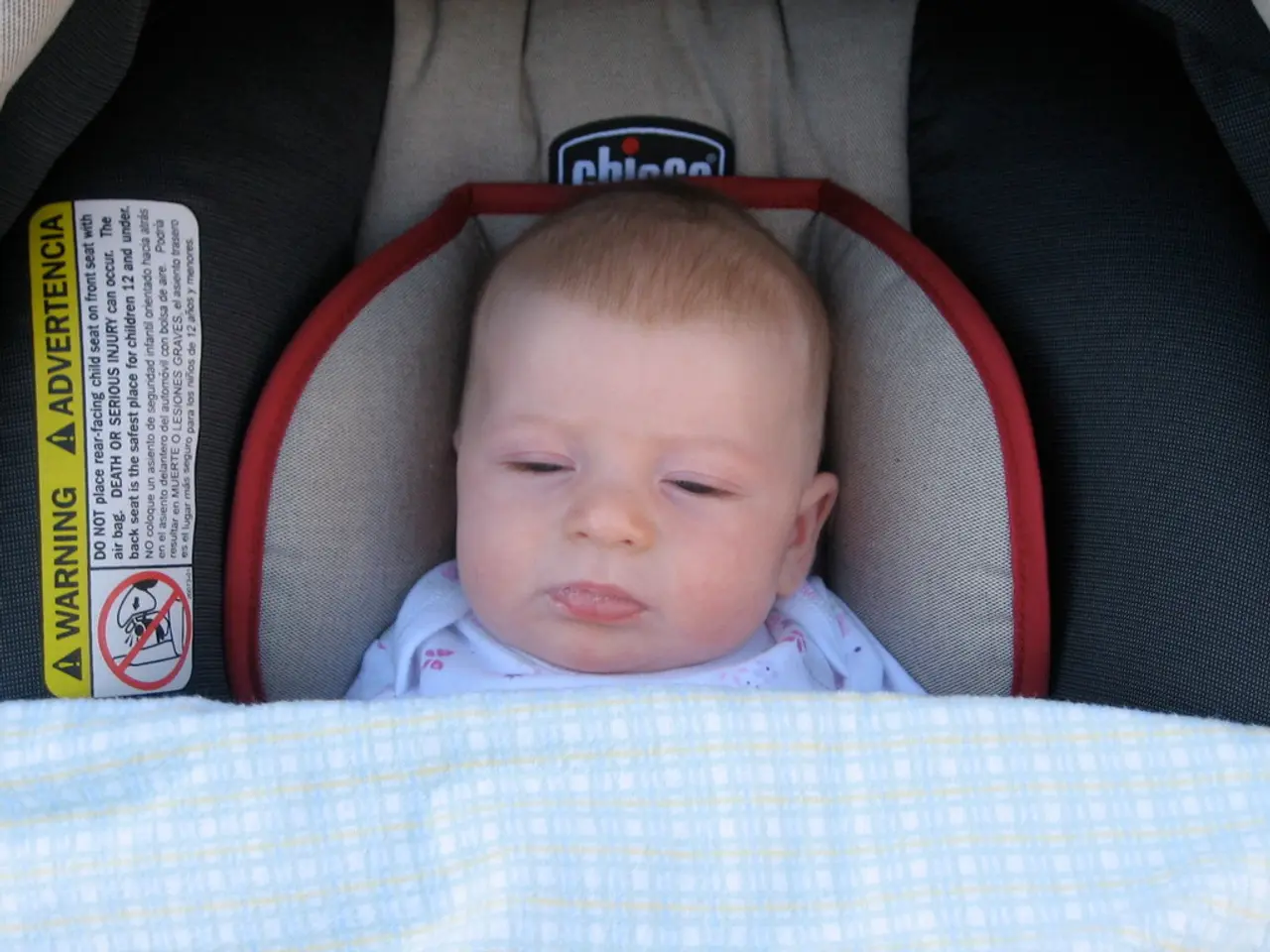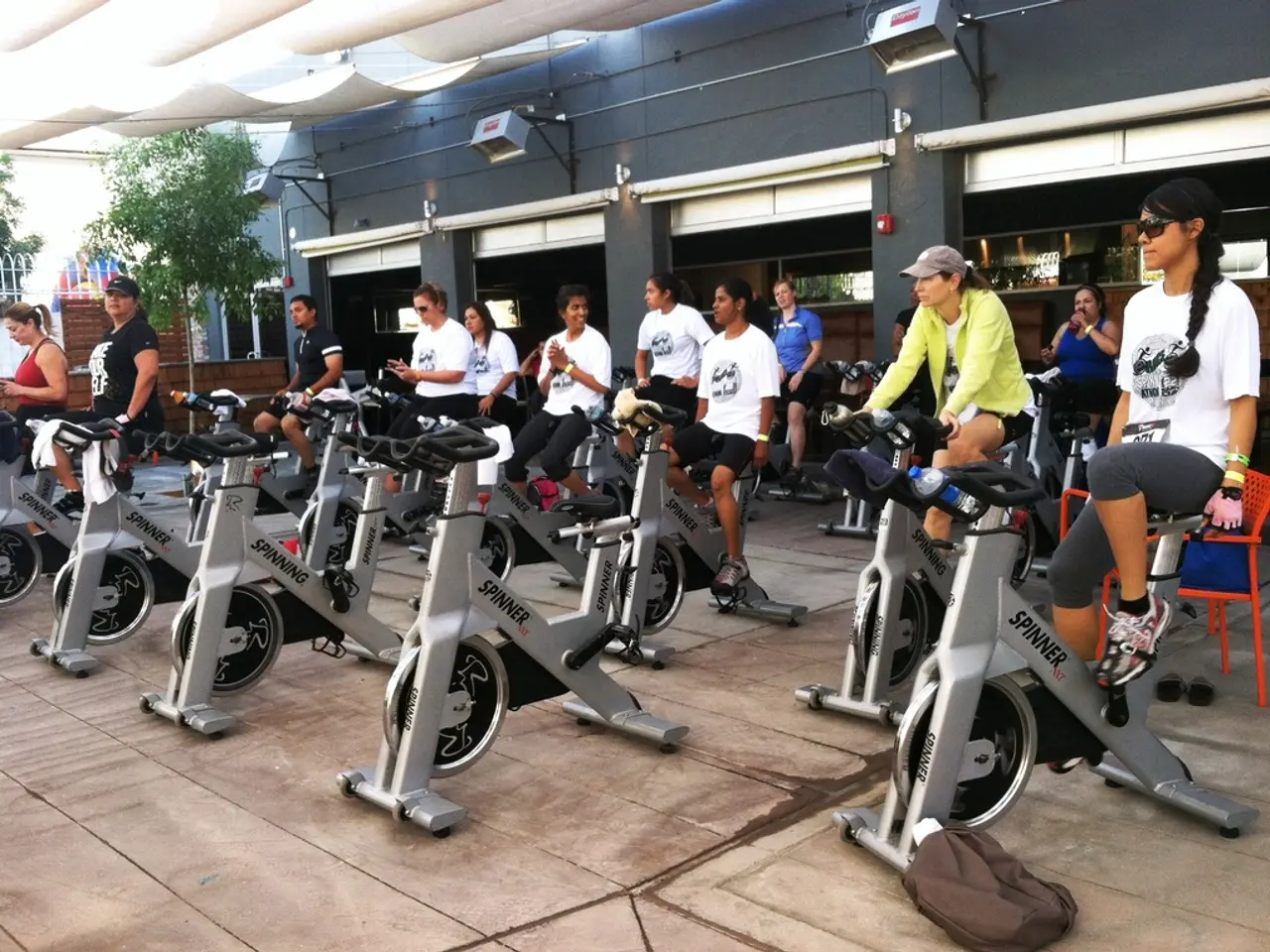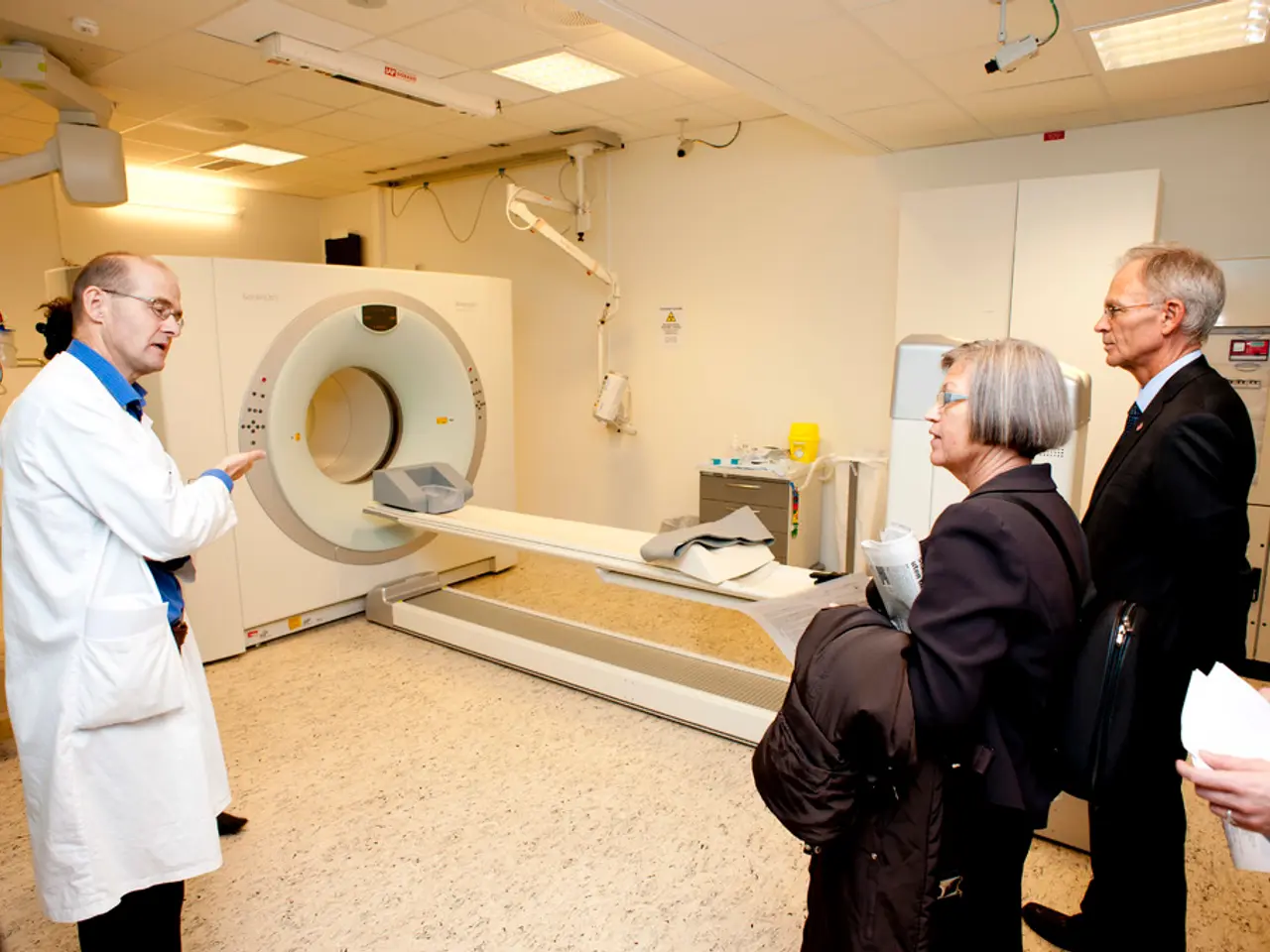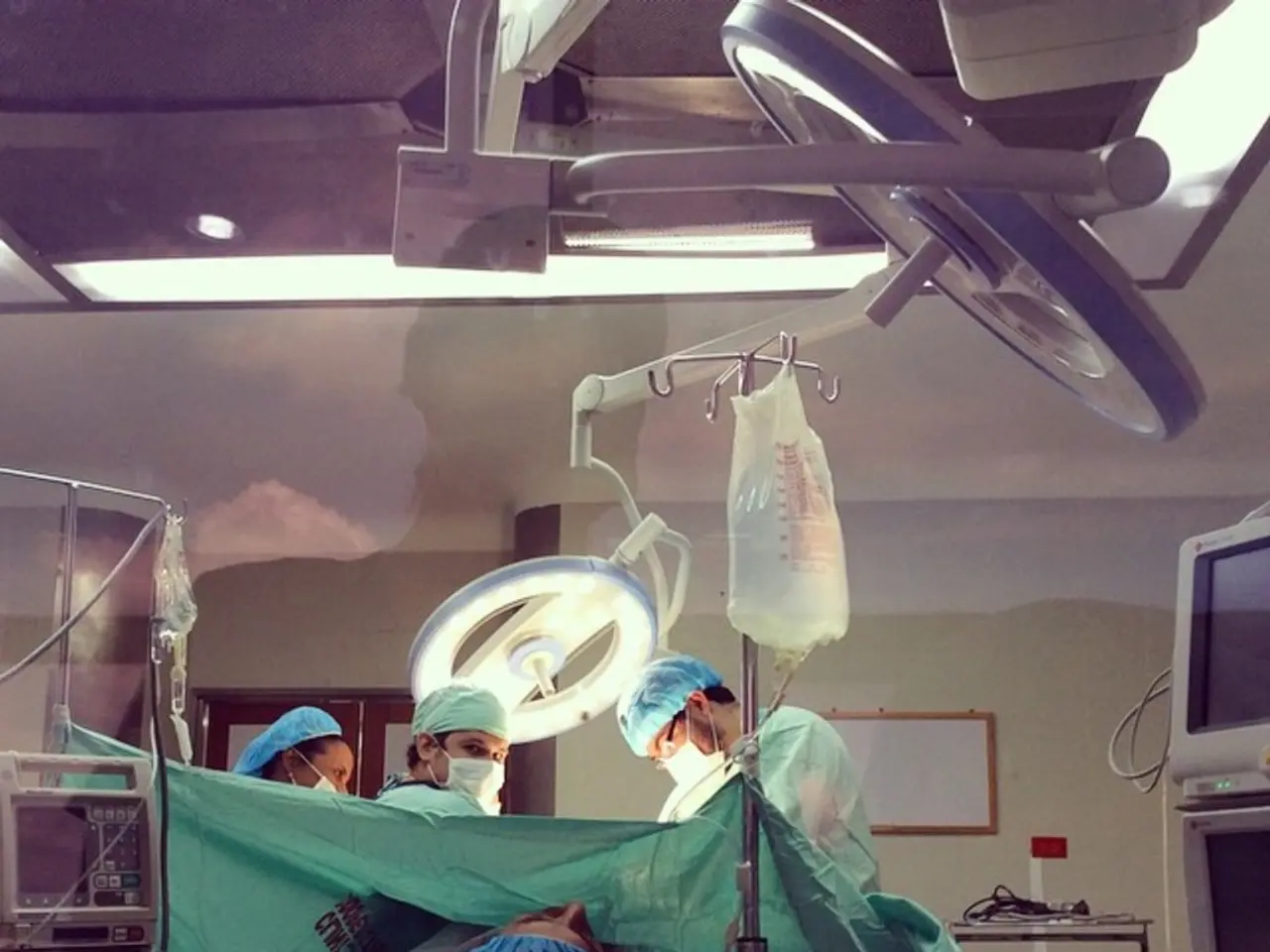Infant sleeping on the side: Is it secure and optimal positions examined
In a significant shift towards safer sleep practices for infants, the American Academy of Pediatrics (AAP) recommends that babies under 12 months old should always be placed on their backs for both naps and nighttime sleep [1]. This position is considered the safest and significantly reduces the risk of Sudden Infant Death Syndrome (SIDS) [1].
The recommendation for back sleeping is based on several factors. Sleeping on the back helps keep the airway open and clear, reducing the risk of suffocation and rebreathing carbon dioxide that can occur if the baby’s face is pressed against the mattress or bedding [1][4]. Back sleeping also lowers the risk of overheating, which is linked to SIDS [1][4].
On the other hand, side sleeping is considered unsafe for infants. Babies can easily roll onto their stomachs from the side position, increasing the risk of SIDS [2][3][4]. Both side and stomach sleeping can cause hypercapnia (buildup of carbon dioxide) and hypoxia (lack of oxygen), conditions that raise the risk of sudden infant death [4]. Side sleeping offers no proven health benefits compared to back sleeping and is associated with an increased likelihood of breathing difficulties and suffocation [2][4].
However, after babies develop the ability to roll over both ways (from back to tummy and tummy to back), typically between 4 to 7 months, it is generally safe to leave them in the position they roll into during sleep, including on their side [3].
The AAP's safe sleep guidelines, often referred to as the ABCs, emphasise the importance of a safe sleeping environment for infants. The guidelines recommend that babies should sleep **Alone** (without pillows, blankets, or toys), **Back** (always placed on their back to sleep), and in a **Crib** (a firm, safety-approved crib with no loose bedding) [1]. Following these guidelines reduces the risk of SIDS and promotes safe infant sleep [1][4].
It's also essential to maintain a suitable room temperature for the baby, preventing overheating by dressing them in light clothing and avoiding excessive room temperature [1].
The AAP advises against bed sharing before a baby is 4 months old, as it presents the greatest risk and is generally discouraged by pediatricians [1]. Once the baby starts moving around more, usually at about 3 or 4 months of age, it may be safer to sleep in the same room as the baby in a bassinet or crib next to the bed, allowing for easy monitoring [1].
Restraining a baby's movement may prevent them from rolling out of an unsafe position, but the AAP advises against using devices that hold a baby in position or prevent them from rolling, as they increase the risk of SIDS [1]. Similarly, weighted blankets or similar devices should not be used for infants.
In conclusion, placing babies to sleep on their backs greatly reduces the risk of sudden infant death syndrome (SIDS) [1]. The AAP recommends this position for the first year of life, and parents should ensure that their babies sleep in a safe and suitable environment to promote healthy and safe sleep practices.
- To ensure the health and wellness of both the child and family, caregivers should adhere to the American Academy of Pediatrics (AAP) guidelines for safe sleep practices for infants.
- In their caregiving role, it's crucial for parents to be aware that overheating is linked to obesity and SIDS, and thus, they should maintain a suitable room temperature for the baby.
- As baby caregiving progresses, parents should support the baby's mental health by respecting their physical autonomy, allowing them to roll over on their own when they reach the appropriate age, typically between 4 to 7 months.
- When it comes to family health, it's important to adhere to the AAP's ABCs of safe sleep, which emphasize that babies should always sleep alone, on their backs, and in a crib to reduce the risk of SIDS and promote safe infant sleep. Science and predictive methods have substantiated these guidelines for optimal parenting.




